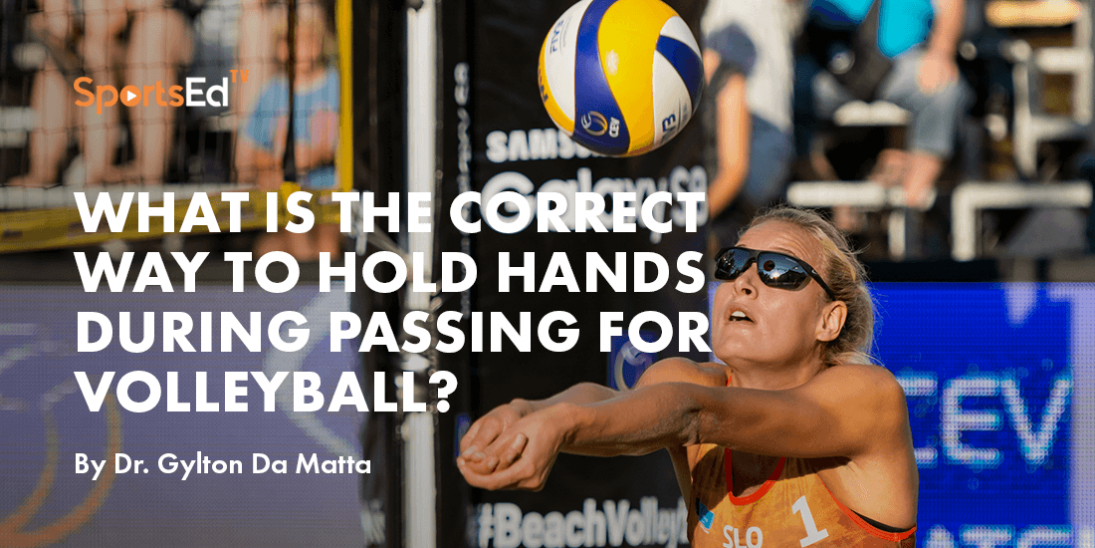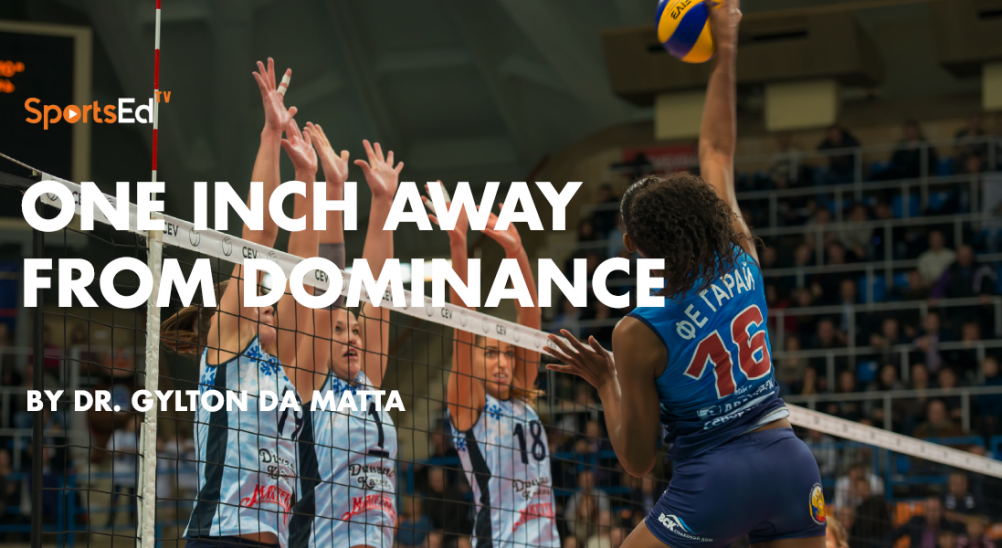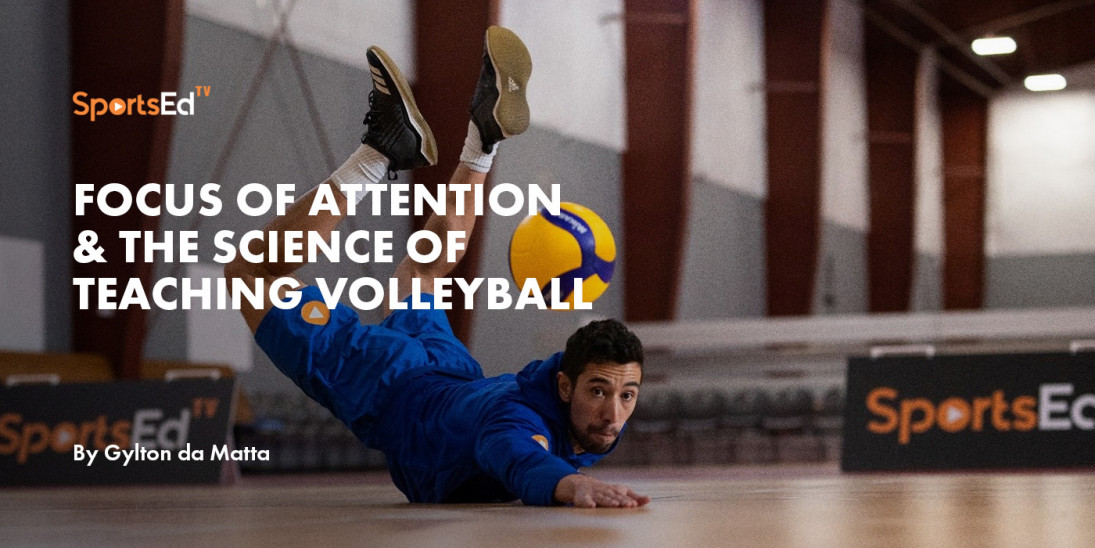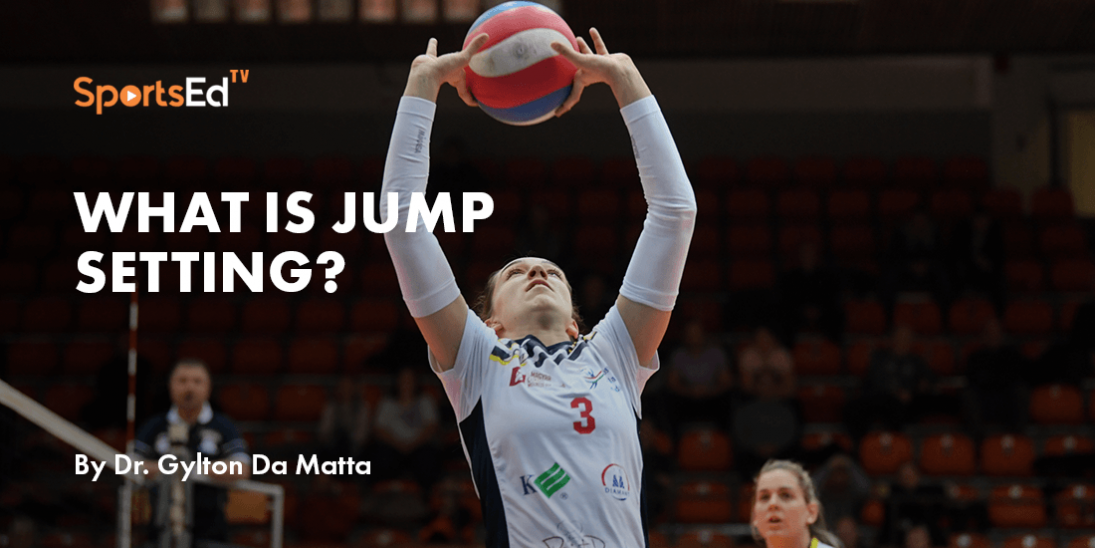Volleyball
Welcome and thanks for visiting...

Seeing is Believing: The Asynchronous Synergy of Arms in the Volleyball Spike
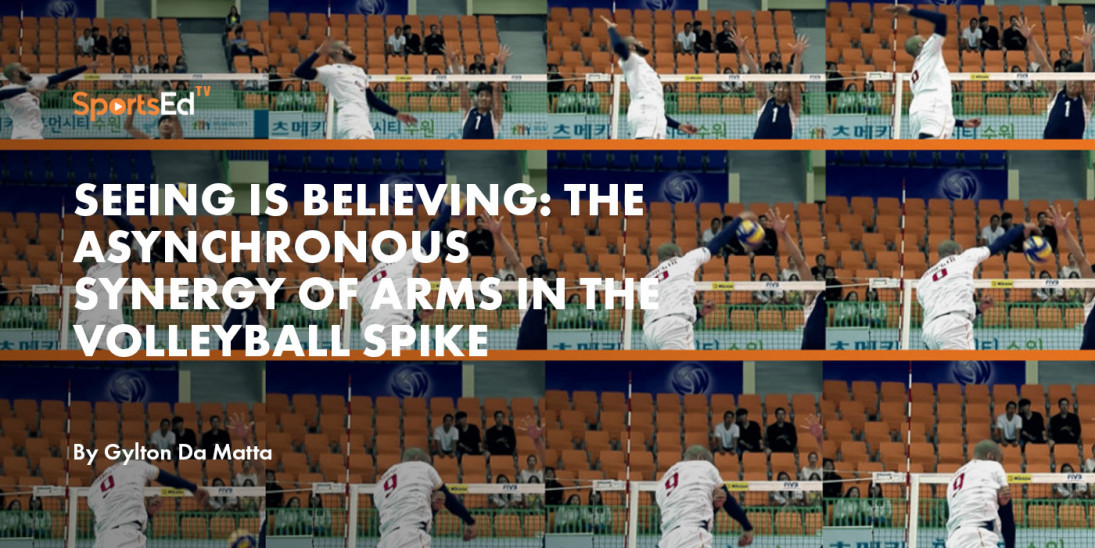
Seeing really is believing! Anyone can see and do their own observational study in their own gym and challenge what they think they know about foundational volleyball skills.
We know how much fun it is to spike. But we need to reflect on why, in a sport that has no physical contact, the rate of injuries is so high, primarily in the skill of spiking, which the most forceful and effortful fundamental skill of the game. If the player contacts the ball not in his/her midline, the flight can be altered creating changes in the gravity center and/or inducing a spiral body movement which can lead to injuries. The closer the hitter contacts the ball to the midline, the better for a linear jump and a safe landing.
I have done the biomechanical analysis of spiking because I see the need to improve how we teach this skill. Many elite volleyball players themselves are aware of the consequences of poor technique. Decorated Brazilian volleyball player Walewska Oliveira told me, “Volleyball players should not get so injured because of poor technique!” At age 41 playing at the highest levels, Oliveira has announced that she will retire not due to injury but as her choice. Some might think that after playing for 32 years injuries should be expected, in fact because volleyball players spend so much time training. Back in 2001, Carol Gattaz told me “_The way you practice and the way you think will determine if you will spend a lot of time in the Training Room. In my practice, I have a volleyball specific injury prevention in addition to my conditioning…” She explained: “I cannot risk having a career-ending injury because I want to play until I am 30 years of age!” Today, at age of 39 and with a long and successful professional volleyball career, Gattaz is playing as a Middle Player for the Brazilian team at the Nations Volleyball League 2021, in Italy

The purpose of the Volleyball Deliberate Practice is to create a system of training based on biomechanics principles and focusing on the foundations of volleyball. This system is intended for advanced youth and also elite players. This brief article presents the findings of how the timing of swinging the hitting arm happens in a different pace than the retraction of the non-dominant arm.
In my dissertation completed in 2004, I was fortunate to have interviewed and analyzed the technical expertise of volleyball players like Giba, Gustavo Endres, Walewska Oliveira and Carol Gattaz. This blog reflects a partial analysis of a study on injury prevention in volleyball that I am writing in my forthcoming book, a culmination of my Post-Doc on Applied Technology recently concluded at the University of Barcelona. In my study, I was able to re-visit the video analyses performed to create descriptors of spiking technique from the athletes and from their own coaches’ perspectives. This blog does not intend to instruct on a single technique for spiking, but instead is an attempt to better understand the complexities of this movement so we can prevent injuries in volleyball.After observing and analyzing 369 elite volleyball players in multiple competitive ages, over 20 years and multiple levels of play, I interviewed them and their coaches (Da Matta, 2004).
The thematic analyses and the biomechanics descriptions revealed that when spiking, the more mature elite players performed their spiking arm swing with a unique asynchronous motion of the dominant and non-dominant arms. From player’s perspective, the synergy of the non-dominant arm from pointing to the ball and retracting close to the trunk, in a relative time analysis* in relation to the hitting arm (dominant arm) was happening simultaneously. (* In my opinion, the measurement of the speed of the arm in relation to the speed of the spike approach. And/ or, the speed of the angular momentum of the arm in relation to the time of the flight phase). However, careful analysis revealed that the strike with the dominant arm was delayed in relation to the relative time of the synergist opposite arm. This finding was counterintuitive for players and coaches. This observation has allowed the development of training/teaching strategies that are more specific to the reality.
Every player is different! And we know that such individuality needs to be respected because one does not fit all. We are looking for principles applicable to most players.
Perhaps, in this blog, we can reflect about aligning the ways we teach with the way in which the movement happens, and we can adapt these principles to fit their level of expertise.

In the video below, I demonstrate ways to refine the spiking arm motion focusing on the time differential observed in the videos. You might be skeptical of the claims I make, but you don’t have to take my word for it. I invite you to choose 120 top expert volleyball players, film them and using a rubric of observation, record the relative time of the hitting arm and compare with the non-hitting arm. Finally, focus on the hitting arm and do a stroboscopic analysis of it. There is open-source video software that you can use to do this on your own! I know you will find unique and meaningful information about your own players.
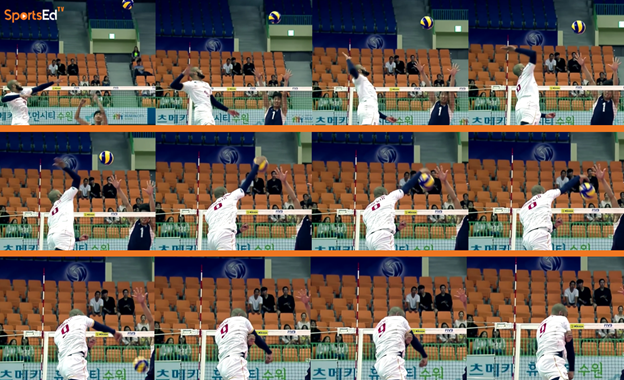
Figure 1: The asymmetrical motion of the hitting arm revealed to be asynchronous in relation to the non-dominant arm. The follow-through is in the midline, not to the side of the body. But there are exceptions!
As a testament to the many ways to spike a volleyball safely and effectively, we can look back to great players of the past and learn from their unique techniques Practice smart and find your own way to do it safely and efficiently. In the early 90’s, volleyball players like Andrea Zorzi and Lorenzo Bernardi (both from Italy) as well as Joel Despaigne (Cuba) demonstrated a more complete shoulder inversion (trunk rotation) as a result of bringing their elbows further back. Similarly, in the women’s volleyball, I studied Flo Hyman, Rita Crocket and Tara Cross Battle to create models of spiking expertise, which I write about in detail in my new book. It is possible that those were their individual characteristics, but it was worth analyzing them.
Refinement Tasks from Deliberate Practice Volleyball Method.
These tasks are designed to maximize learning and increase the capacity of performance of volleyball players who are already advanced performers. When top level players have an injury or when they return from more than two weeks of interruption of their practices, it is recommended that they engage in practicing the tasks designed in the Volleyball Deliberate Practice so they can return to the top of their performances without the risk of getting injured. In the process of interviewing the top 12 expert volleyball coaches in the world, the tasks laid out in Volleyball Deliberate Practice have emerged as recommended for players at all levels. The asynchronous component of both arms during the spike and the follow through in the midline were the two main findings in the video analyses. All these tasks have a high subject-matter correlation with advanced volleyball skills adopted by successful expert players.
MAIN GOAL: Reflect upon the symmetry and asymmetry of both arm during the spike approach.
WHY/PURPOSE: In distinct phases, arms work in synchrony; however, at the moment of strike, they are asynchronous.
HOW TO DO IT: At different stages of learning, athletes can use a resistance band to simulate the arm swing.
HOW TO APPLY: Each person is different, but after practicing these refinements players must practice with the volleyball and film themselves to find balance and execute the spike approach with flow.
The acceleration of the hitting arm leads to a movement in which the timing is longer and asynchronous in relation to the retraction of the non-dominant arm close to the trunk. Nowadays, many volleyball players are bringing the opposite arm into their abdominal area. Others prefer to bring their elbows further back which also maximize the full rotation of shoulders. In essence, many players might perceive that the inversion of non-dominant arm happens simultaneously with the hitting arm strike, but among experts this movement happens not in a symmetrical way. This task is part of a sequence of a progression on how to teach the spike in volleyball discussed in my forthcoming book, 21st Century Volleyball Expertise, along with other blogs about injury prevention in volleyball. (www.sportsEdtv.com).

